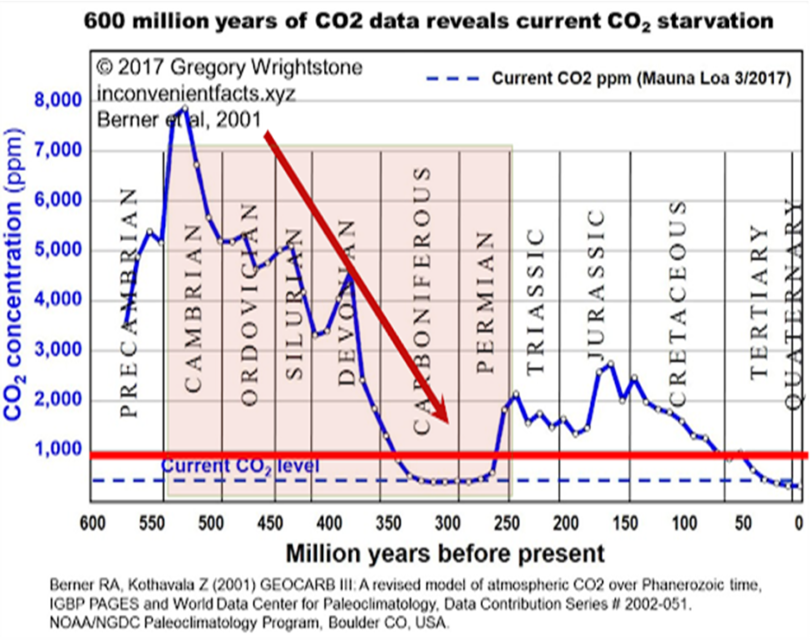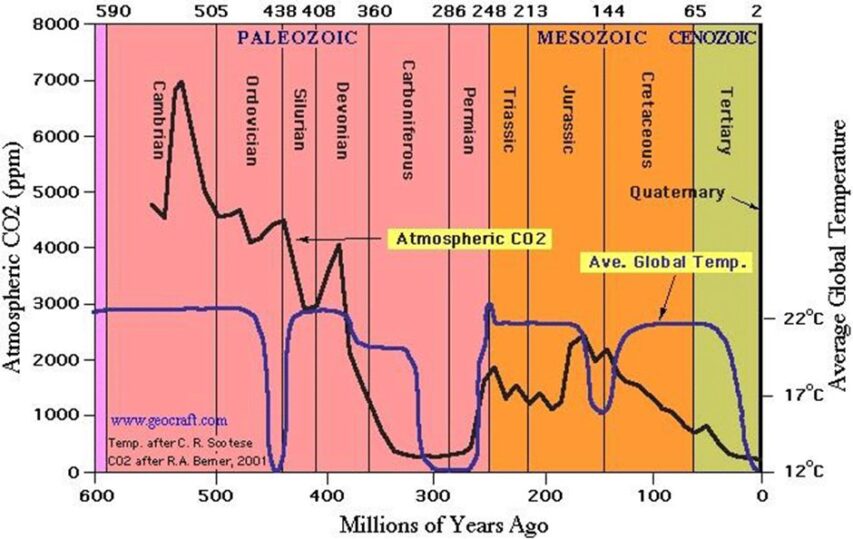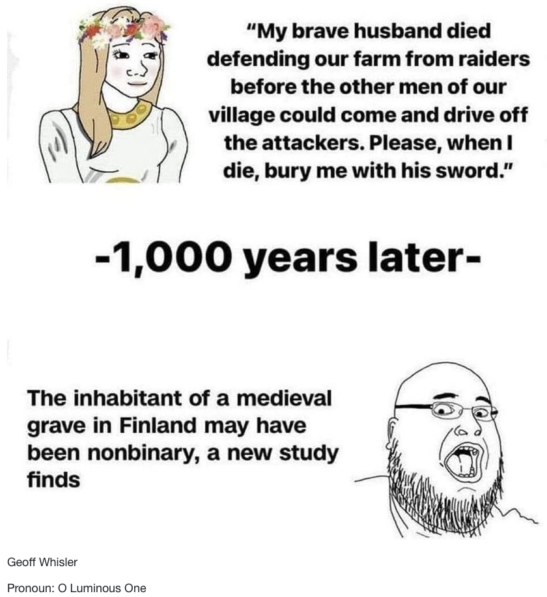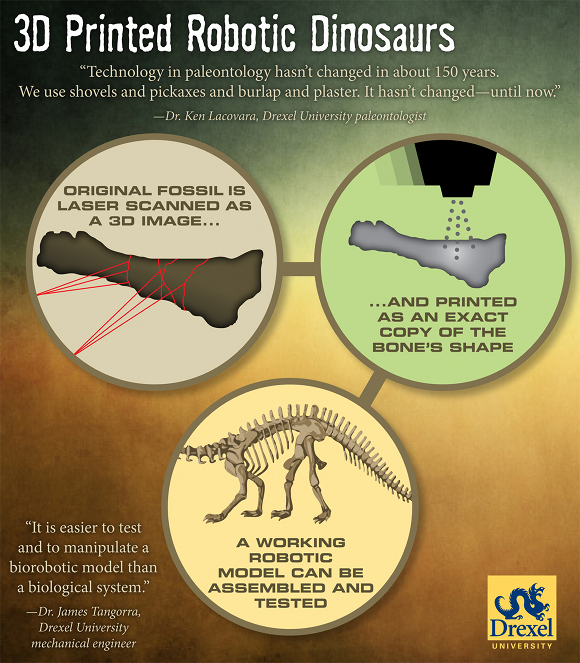Last week, Chris Morrison shared some charts that show atmospheric carbon dioxide to be nowhere near high enough to be a concern … in fact, compared to ancient atmospheric conditions, CO2 may be at a potentially concerning low point:
Last year, Chris Packham hosted a five-part series on the BBC called Earth, which compared a mass extinction event 252 million years ago to the small rise in atmospheric carbon dioxide seen in the last 150 years. He said he hoped the “terror factor” generated by his programme would “spur us to do something about the environment crisis”. But as we shall see, the only terror factor is having to sit through an hour-long film consisting of cherry-picked science data and unproven assertions in the hope of persuading us that the increase in global temperatures in the last 150 years or so is comparable to the rise in temperatures over a considerable swath of geological time. Great play was made of a 12°C rise in average global temperatures 252 million years ago as CO2 levels started to rise, although Packham fails to report that CO2 levels were already at least four times higher back then than in modern times. The “science” that Packham cloaks himself with on every occasion is hardly served by terrorising the viewer with what is little more than a highly personal political message.
Think of all that suffering and wastage, he says about the fourth great mass extinction. I don’t think we want a comparable extinction to the one that happened 252 million years ago on our conscience, he adds. Of course, Packham is not the first person to politicise the end-Permian extinction when most plant and animal life disappeared to be replaced eventually with what became known as the age of the dinosaurs. As we can see from the graph below, even though that extinction event coincided with an uptick in CO2 levels, the general trend over a 600-million-year period was downwards ending in the near denudation currently experienced today. But scientists note that the rise started some time before the extinction event, with most of the Permian characterised by very low levels of CO2.
It is obvious why the three other great extinctions are of little interest to modern day climate alarmists. The Ordovician extinction 445 million years ago occurred when CO2 levels were 12 times higher than today, the Devonian wipe-out happen 372 millions ago when CO2 levels were falling, while the later Triassic/Jurassic event 201 million years ago occurred at a time of stable CO2. Hard to see a pattern there suggesting rising CO2 levels equals a mass extinction event. The disappearance of the dinosaurs 66 million years ago is generally attributed to the impact of a giant meteorite, while the current sixth mass extinction exists only inside the head of the Swedish doom goblin, and need not detain us at this point.
Since Packham was essentially making a BBC political film promoting Net Zero, he inevitably started with the fixed view that all our current environmental problems are the fault of CO2. An intense period of volcanic eruptions that led to huge coal deposits catching fire increased CO2 levels and almost instantly sent temperatures soaring at the end of the Permian period. About 20 million years of rain subsequently followed, he observed, taking some of the CO2 out of the atmosphere and order it seems was restored. Certainly, CO2 resumed a small descent but levels remained almost as high, or for some periods higher, as those at the end of the Permian period for another 120 million years. Packham does not provide an explanation of what happened to the average global temperature at this time.
The graph above shows why he avoided the subject. Temperatures did rise at the end of the Permian period after a long decline, but only as far as previous highs recorded 200 million years earlier. They then stayed at those levels for most of the next 200 million years, throughout the age of the dinosaurs. Helped by the increased levels of CO2, this is considered one of the most verdant periods in Earth’s history.









